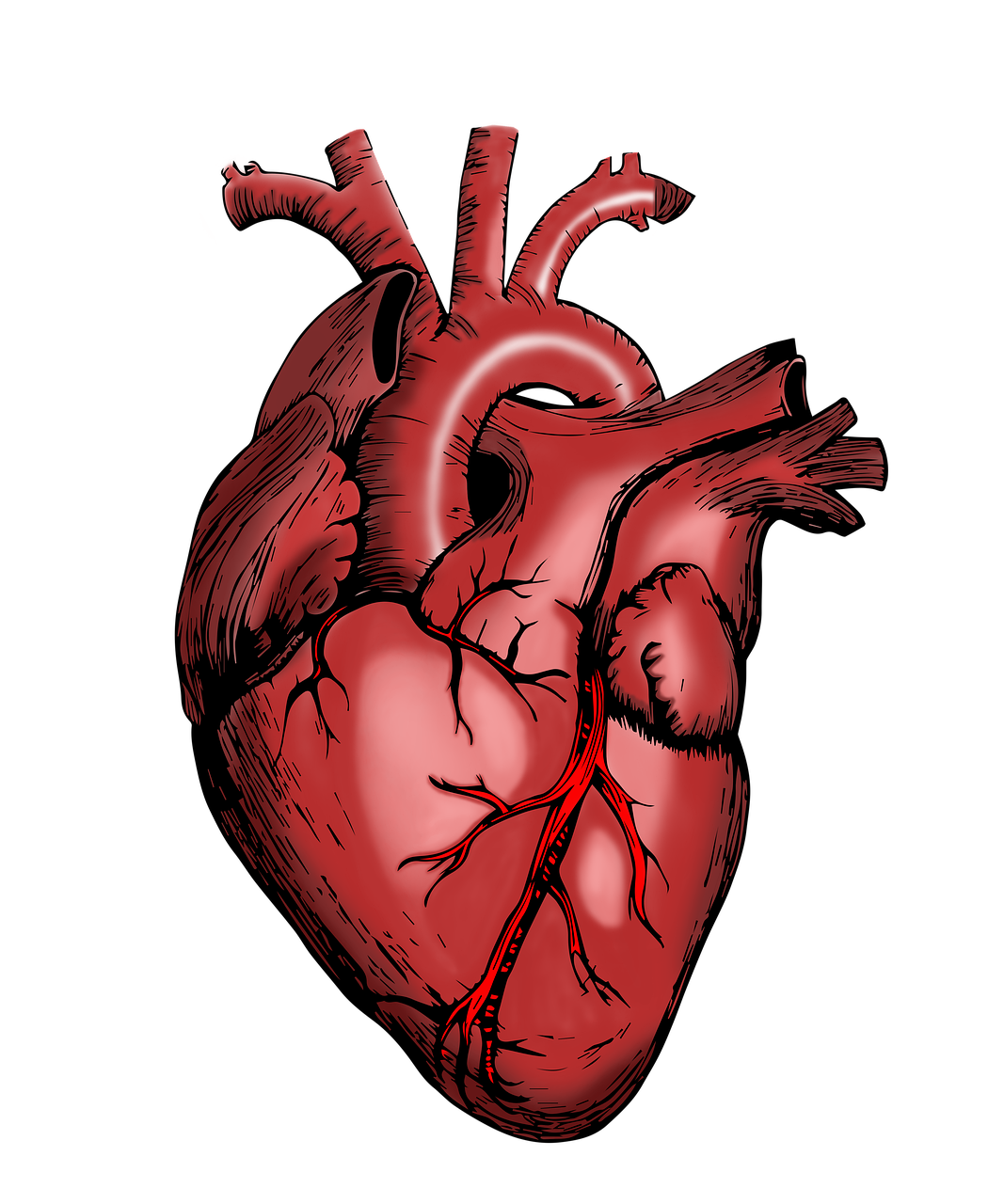Hypertension

A healthy heart pumps the blood through the veins and arteries with a certain optimum amount of pressure. But sometimes, due to various causes, the pressure increases, and when it does, the person is at greater risk for heart disease and possibly paralyzing stroke.
Blood pressure will increase when there is increased viscosity of the blood, increased velocity, or constriction due to decreased diameter of the blood vessel.
TYPES OF HYPERTENSION
From the Ayurvedic point of view, high blood pressure falls under three categories, primarily vata and pitta but also kapha.
Vata is responsible for constriction of the blood vessels. This frequently happens in old age. Somewhere around 65, the walls of the blood vessels often become thicker and the passage becomes narrower, with the result that many individuals develop a type of hypertension known as essential hypertension. It is a vata condition and is different from the narrowing of the arteries that occurs as a result of fatty deposits on the artery walls, which is a kapha condition.
Pitta is responsible for the rushing of the blood with more force. Kapha is related to increased blood viscosity.
Physical and emotional stress, including anger and anxiety, constrict the blood vessels and can increase blood pressure for a time. Heavy responsibilities, or stressful situations such as public speaking, may send your blood pressure soaring. There is even a phenomenon known as "white coat syndrome"; when a person goes to the doctor, anxiety and tension may increase, with the result that blood pressure goes up. This is all quite common and quite physiological, and fortunately it is also usually temporary. But
if blood pressure stays high, it can become dangerous.
TIME TO SEE THE DOCTOR
If high blood pressure is temporary and related to a stressful situation, some rest and relaxation will generally take care of it. And even in the long term, just because pressure is high does not necessarily mean it has to be treated with medications. Entirely natural means, such as diet, exercise, herbs, meditation, and yoga, which have no negative side effects, may be quite sufficient to deal with hypertension.
However, high blood pressure does require a doctor's supervision. Hypertension is a potentially life-threatening condition. I do not recommend that you use the following treatments in place of standard medical care. Rather, try these Ayurvedic remedies-preferably with your doctor's
knowledge and approval as an adjunct to your medical care, and ask your
doctor to monitor your progress. If the remedies are successful, he or she will
find less and less need to supervise your condition and keep you on medications.
At the least you should be able to gradually reduce the dosage of your medicines.
FOODS FOR HYPERTENSION
Several foods can help you control hypertension:
Drink 1 cup mango juice, followed about an hour later by ½ cup warm milk, with a
pinch of cardamom, a pinch of nutmeg, and 1 teaspoon ghee. (Note: If your cholesterol level is high, skip the ghee.)
Mix orange juice and coconut water (the natural juice inside a fresh coconut ( ratio of 2 parts orange to 1 part coconut. Drink ½ to 1 cup 2 or 3 times a day)
Add 1 teaspoon coriander and 1 pinch cardamom to 1 cup freshly so
canned) peach juice. Drink this as many as 2 or 3 times a day to help with pressure.
Eat some watermelon with a pinch of cardamom and a pinch of coriander added.
This will act as a mild diuretic and will help to regulate blood pressure.
• Try some cucumber raita with your meal. Cucumber is a good diuretic. Raita is a
yogurt-based condiment often used in Indian cooking.
Mung dal soup, made of mung dal with cilantro, cumin, and a pinch of turmeric, is good for persons with hypertension.
Honey water can also help. Add a teaspoon of honey and 5 to 10 drops of apple cider vinegar to a cup of hot water, and drink it in the early morning. This drink helps
to reduce cholesterol, maintains vasodilation, and helps to regulate blood pressure.
Cucumber Raita
2 cucumbers
3 tablespoons ghee
½ teaspoon black mustard seeds
½ teaspoon cumin seeds
1 pinch hing
4 curry leaves
1 pinch cayenne or ½ small chili, chopped
1 small handful fresh cilantro leaves, chopped
½ cup plain fresh yogurt
Skin and grate the cucumbers. Pour off and discard any excess juice.
Heat the ghee in saucepan over medium heat, and add the mustard, cumin, hing, and curry leaves. Cook a moment until seeds pop.
Add the cayenne or chili and the cilantro, shake the pan, and remove from heat.
Stir the yogurt and grated cucumber together in a bowl.
Add the cooled spices to the yogurt mixture, mix well, and serve.
Serves 4-6 as side dish (1-2 spoonfuls per person).
NOTE: This recipe is from Vasant Lad and Usha Lad, Ayurveda cooking.